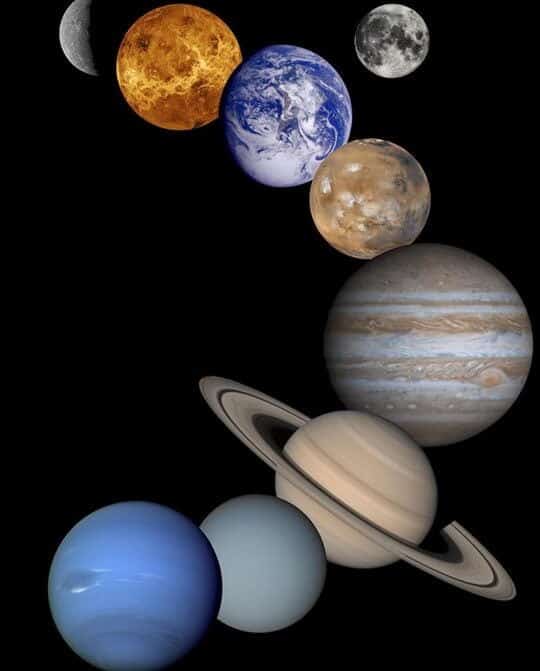Is it possible for extraterrestrial sunsets to be more awe-inspiring than those witnessed on Earth?

As we all are aware, the sun’s rays are white in color. These rays are refracted by numerous tiny water droplets present in the atmosphere, resulting in a diverse range of colors and shades. This natural phenomenon gives rise to a variety of hues in our sky, such as the pearly hue in the morning, the blue during the day, and the breathtaking sunset in the evening, which incorporates almost every color imaginable. However, have you ever wondered how this process unfolds on other planets?
What can be observed in the skies of the planets in our solar system?
- What is the color of the sky on Mars?
- What is the color of the sky on Venus?
- What is the color of the sky on Mercury?
- What is the color of the sky on the gas giants?
What is the color of the sky on Mars?
Mars is one of the most thoroughly explored, yet enigmatic planets in our solar system. Due to its weak atmosphere and minimal water content, the sky on Mars is believed to exhibit a yellowish-brown hue during the day. While on Earth, sunlight scatters off tiny water droplets to create different colors, on Mars, this role is performed by reddish dust particles, resulting in pinkish hues during Martian dawns and sunsets.
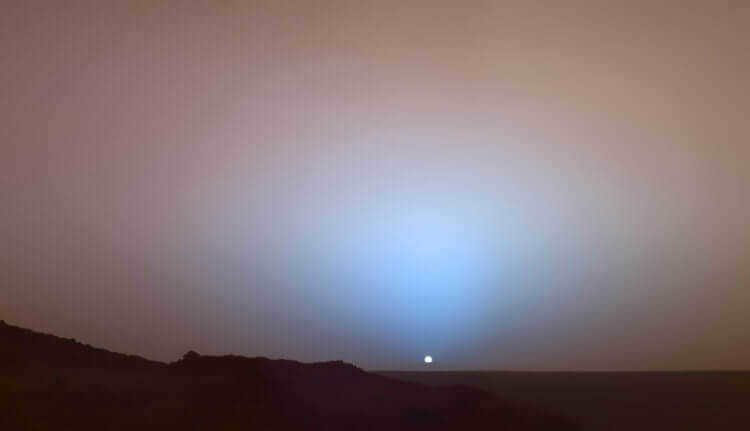
Due to the large amount of dust in the atmosphere, Martian sunsets are characterized by a bluish-pink hue.
What is the color of the sky on Venus?
Venus, Earth’s twin sister, is known for its intense heat and anger. Its surface is enveloped in a thick atmosphere, making the sun appear as a hazy spot behind dense cloud cover. The high concentration of sulfuric acid in Venus’ clouds causes sunlight to scatter, giving the Venusian sky a yellow-orange color with a hint of green.
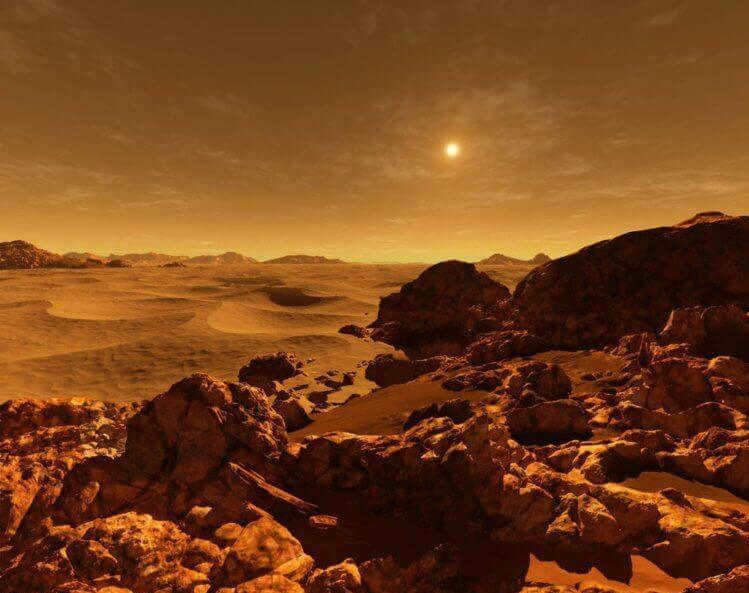
Venus is nothing like the tropical paradise that Soviet science fiction writers imagined it to be
What is the color of the sky on Mercury?
Mercury, lacking an atmosphere, has a day and night sky that doesn’t differ much from the view from space. The same situation can be seen on the Moon, which incidentally shares many similarities with Mercury. However, this small iron planet, situated close to the Sun, does have one unique feature: from its surface, the Sun appears 2.5 times larger than when observed from Earth.
There is only one downside to such a scenic detail – the planet’s nearness to its star typically comes with an immense amount of radiation, which has the potential to instantly annihilate any life that might exist on the surface of such an inhospitable planet.

The moment you set foot on the surface of Mercury, the planet closest to the Sun, you will be captivated by its picturesque dawn.
What is the color of the sky on the massive planets?
There are no reliable images available depicting the color palette of the skies on the massive planets in our Solar System. However, it is believed that Jupiter’s sky is a dark blue color, with its clouds displaying shades of all the colors of the rainbow. Furthermore, against this stunning backdrop, if Jupiter had a surface, you would be able to see all four of its Galilean satellites. The brightest satellite in the sky of this giant planet is Io, which appears even larger than a full Moon in Earth’s night sky due to its close proximity to Jupiter.
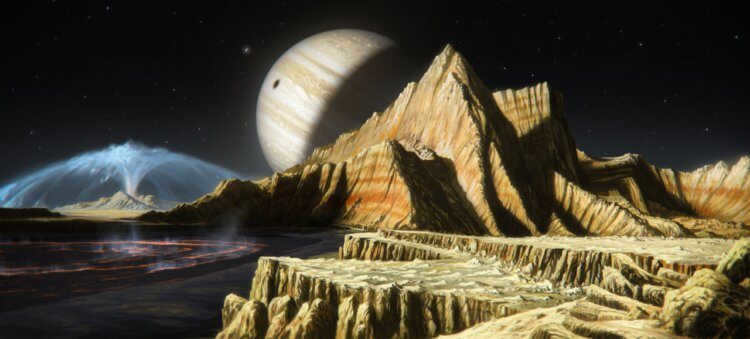
Perhaps this is what the view from Io to Jupiter looks like
The sky of Saturn is adorned with vibrant yellow hues, which are disrupted by a massive band stretching across the entire expanse of the planet’s atmosphere. Have you ever wondered what could be the cause of this intriguing stripe? Well, wonder no more! It is none other than Saturn’s majestic rings that add a unique and picturesque touch to the awe-inspiring sunsets and sunrises on this magnificent celestial body, which happens to be the second largest planet in our solar system.
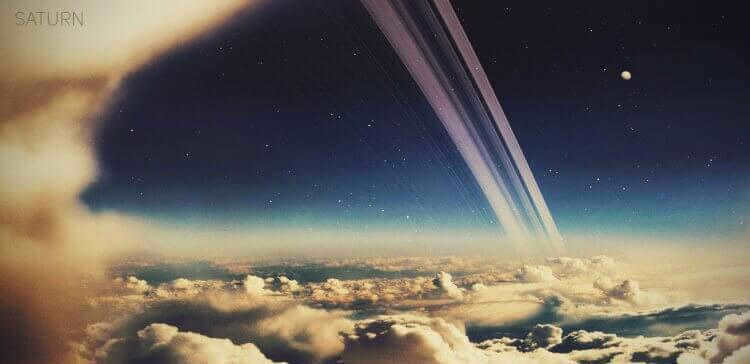
The sky of Saturn is particularly stunning due to the planet’s magnificent rings
The skies of Uranus and Neptune exhibit a vibrant blue hue. The rings of these planets are completely invisible to observers, seemingly piercing through the atmospheres of these celestial bodies. The only luminous objects in the skies of Uranus and Neptune may be their satellites, occasionally traversing the expanse above. Published on econet.ru
If you have any inquiries regarding this topic, feel free to ask our experts and readers here.
What are your thoughts on the article? Share your opinion in the comments.
Don’t forget to follow us on Facebook:
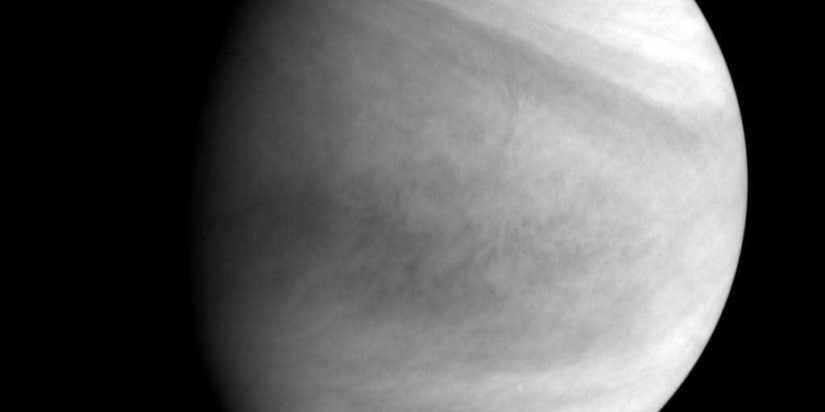
Are the images of the planets in the solar system that we see really accurate representations of their true colors? The answer is, in short, “sometimes.” While it is often possible to come across bright images of the planets, it is safe to say that these photos are, to put it mildly, edited. The standard practice is to enhance certain features of the planet’s surface or cloud layer that are not easily visible to the naked eye.
Just as we use various options to enhance or mute colors when editing photos taken with our smartphones, similar techniques are employed to process images captured by interplanetary spacecraft; adding color is almost always part of the process.
However, the camera on a spacecraft rarely captures colors in the same way as the human eye. It operates by first taking separate photos using red, green, and blue filters, transmitting them back to Earth, and then overlaying the three frames onto black-and-white images (which typically have higher resolution). As a result, the “color” photo is inevitably slightly different from what would be perceived by the naked eye.
At times, the image displays completely different colors, even without any intentional correction. Modern cameras on spacecraft are generally capable of capturing images across the entire spectrum. When one of the channels falls outside the visible range, such as ultraviolet, a combination of red and green or blue is typically used. This means that the resulting photo presents “false colors”.
Astounding Giant Planets
Jupiter is renowned for its extraordinary feature known as the “Big Red Spot,” which is a colossal oval storm. The upper cloud layer obscures other spots on Jupiter, rendering them mostly invisible. Furthermore, the composition of the spot itself is a mystery, as it contains unknown substances that may include phosphorus, sulfur, and complex organic molecules.
Jupiter’s affinity for vibrant hues is exemplified by its inner moon, Io. The eruptions of sulfur and sulfur dioxide create a striking yellow appearance, resembling a delectable pizza adorned with scattered black “olives” that are actually fresh lava flows; these flows will eventually solidify and transition to a yellow shade.
In stark contrast, Europa, the following moon, is encased in a surface of frozen water. It possesses a pristine white exterior that reflects light brilliantly; however, it lacks vibrant colors. Most images of Europa have been enhanced and incorporate artificial colors.
The true hue of Uranus and Neptune is also concealed by an exceedingly dense atmosphere. We are accustomed to perceiving Uranus as naturally green and Neptune as blue. This phenomenon occurs because the methane clouds act as a filter, blocking the red portion of sunlight, allowing only the green and blue wavelengths to pass through and reach our planet. In the majority of images depicting these celestial bodies, the uppermost clouds appear white, encircled by either the blue or green wavelengths.
Terrestrial Planets
Mars is commonly referred to as the “Red Planet.” The rocks on its surface have undergone oxidation due to exposure to oxygen, resulting in them turning into iron oxide. This is the reason behind Mars appearing red when observed in the sky with the naked eye.
Venus is enveloped in blinding white clouds, making it difficult to observe its surface. Only a handful of Soviet landers have managed to capture glimpses of its terrain. The dense clouds allow only a frosted reddish glow to reach Earth, giving Venus an orange appearance. However, images sent from its surface reveal that the rocks themselves have a dull gray color, resembling lava.
Mercury is a world of gray or dark gray hues, with a subtle hint of red. It reflects just 7% of the sunlight that falls upon it, which is only slightly more than coal. Despite this, Mercury’s proximity to the Sun, which is three times closer than Earth, makes it appear quite bright even without any adjustments made to the transmitted images.
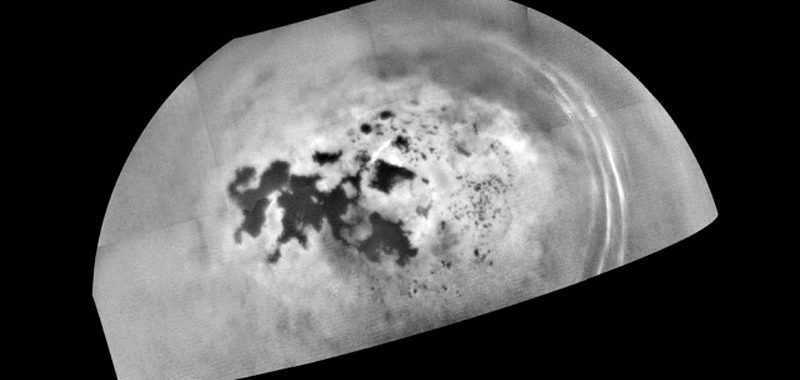
A team of scientists has determined the causes behind the intermittent occurrence of mysterious patches in the seas and lakes of Titan. These patches, which are small areas within the hydrocarbon seas, materialize and vanish under specific conditions. The phenomenon then repeats itself, although the exact frequency remains unknown. Radar surveys of the surface were carried out during Cassini’s initial encounters with Titan.
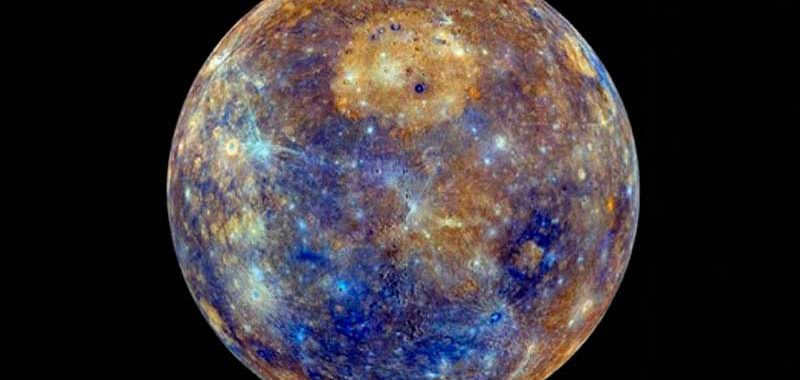
The inquiry at hand concerns the reason behind the disparate appearance of different sections of Mercury’s surface, with one appearing new and youthful, while the other seems aged. In order to unravel this mystery, scientists have turned to the data collected by the MESSENGER spacecraft during its mission near Mercury from 2011 to 2015. Their focus has been on a specific area of the planet known as the Northern Volcanic Plains, which is considered to be relatively young in comparison to other…
SPACEPHOTOS.ru
Welcome to SPACEPHOTOS.ru, the website dedicated to Space, the Universe, and Astronomy. Here you will find the most fascinating information about space, planets, asteroids, meteorites, stars, as well as the mysteries of space and Earth anomalies, UFOs, and black holes. We also provide a comprehensive history of space exploration and the latest science news. Dear readers, we value your input. Please feel free to contact us through the “Contact Us” page to let us know what topics you would like to read more about or if there is any missing information. Additionally, we encourage you to leave comments and share our content on social networks. Thank you for your support!
Titles
- ASTROPHOTOGRAPHY
- Lubrication-Free
- READER’S OPINION
- AMAZING FACTS
- ALIENS
- NEWS FROM SPACE
- EXPLORING OUTER SPACE
- HELPFUL
- VARIETY
- OUR SOLAR SYSTEM
- MYSTERIES OF THE UNIVERSE
- MOVIES ABOUT SPACE
Adverts
Article:
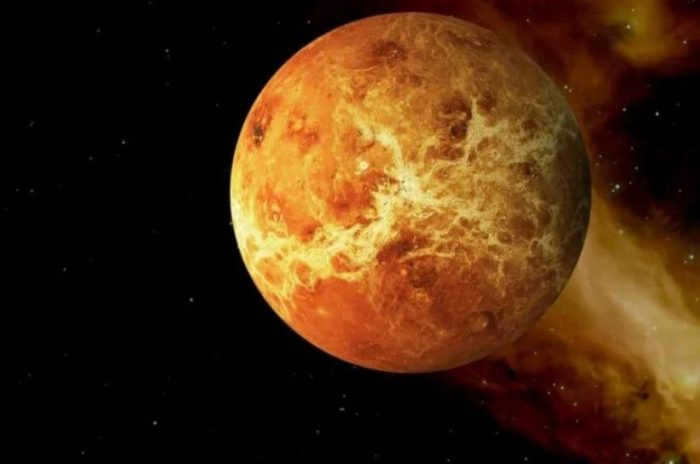
December 21, 2020 – Spaceman No comments
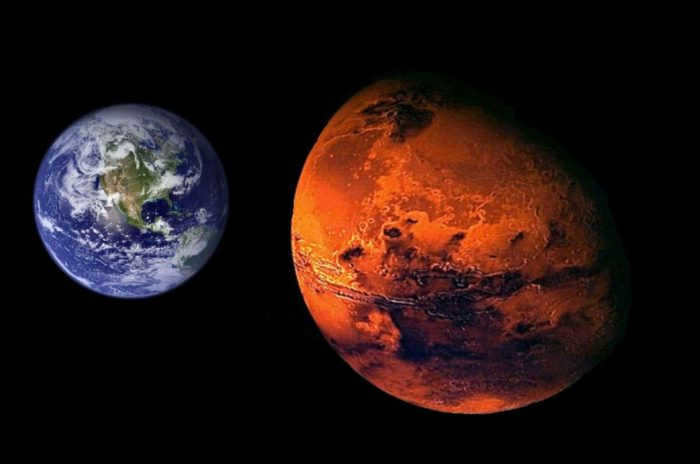

July 26, 2020 – Astronaut No comments
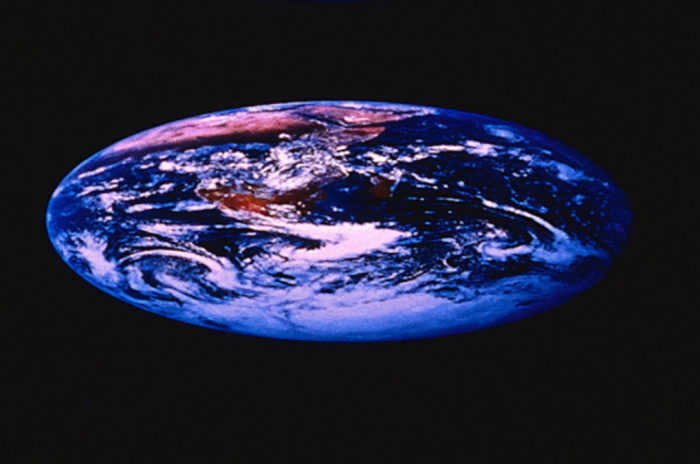
May 17, 2020 – Spaceman No comments
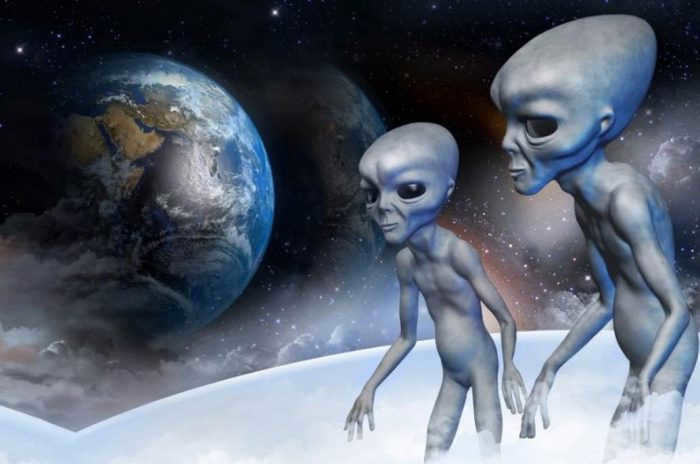

April 17, 2020 – Astronaut No comments
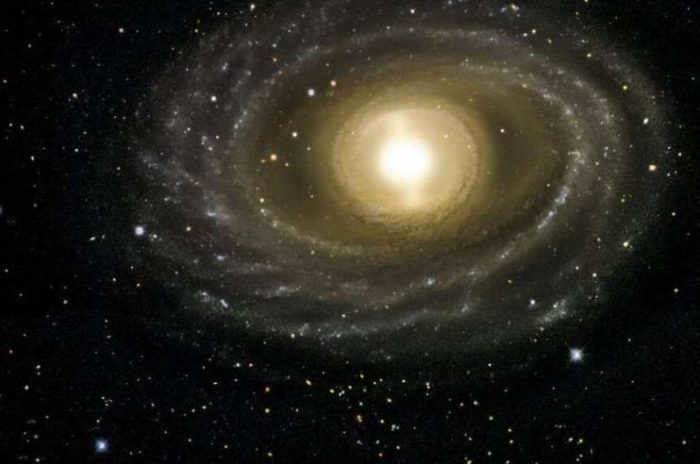
August 14, 2020 – Astronaut No comments
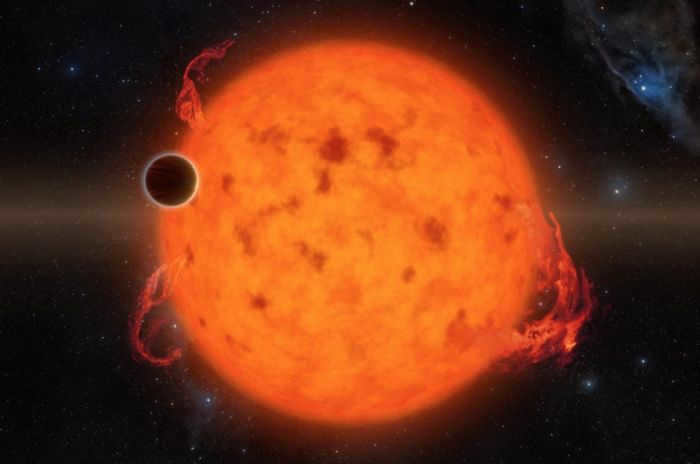
July 27, 2020 – Spaceman No comments
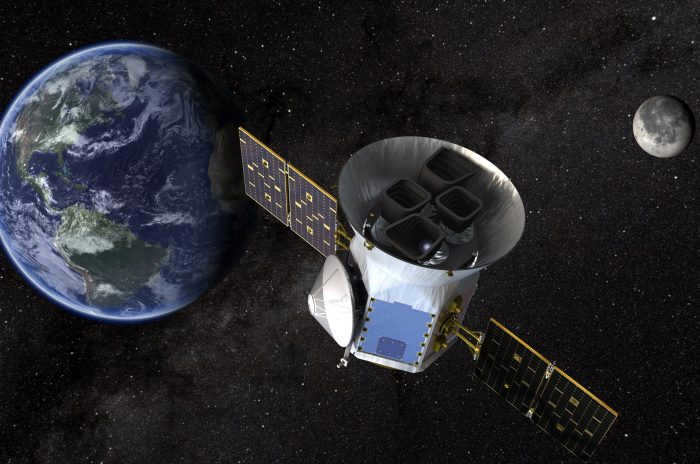

January 5, 2020 – Astronaut No comments
Recent Comments:
- Victoria on the post Criteria for selecting a physics tutor
- Egor on the article Radio aids in the search for dark matter
- Petya on the post Planet X hidden behind the Sun. An unidentified planet in the Solar System
- Svss on the post The birth of a new planet in the Taurus constellation
- Andrei on the post Civilizations from distant space. Contact
Since our early years, we have become familiar with the names of the planets in our solar system. We have been taught about their unique characteristics, such as the vibrant blue hue of Earth, the stunning rings of Saturn, and the immense size of Jupiter – which holds the title of being the largest planet in our system. However, one aspect that often goes unnoticed is the prominent color of these celestial bodies. So, let’s take a look at the different colors that define the planets in our solar system and explore the reasons behind their distinct hues:
For more information, check out: What sets planets apart from stars?
A school principal discreetly steps in upon noticing a student donning a cap in…
A concerned mother notifies the school that her 4-year-old daughter, who is in charge of making lunch, might…
The colors of each planet may indicate various factors, such as the predominant composition of materials, the presence of water, the temperature, and the existence of active volcanoes and gases in the atmosphere. Taking these factors into account, let’s explore the predominant colors of the planets below and the reasons behind them:
Mercury, being the planet closest to the Sun and located at the center of the planetary ellipse, exhibits unique characteristics. It is the smallest planet in the solar system and lacks a substantial atmosphere, allowing it to experience extreme temperatures of up to 400°C. As a result, its color ranges from shades of gray to brown.
Renowned for its unique trajectory, this celestial body holds the title of the most scorching planet in our solar system. With temperatures soaring up to a staggering 460º, it surpasses even Mercury in terms of heat. Despite its greater distance from the Sun, it boasts an atmosphere that is highly developed, further intensifying the greenhouse effect. Consequently, its distinct coloration ranges from a vibrant orange to a radiant yellow.
The iconic phrase “Earth is blue” was famously uttered by Yuri Gagarin during his groundbreaking space voyage on April 12, 1961. This statement alludes to the predominant molecules present within the atmosphere, particularly oxygen and nitrogen. When sunlight permeates this atmospheric layer, the reflection of these rays results in the awe-inspiring hue we observe. Additionally, the vast expanses of the world’s oceans contribute significantly to the mesmerizing blue tinge.
This remarkable reddish tint, commonly referred to as the “Red Planet” coloring, can be attributed to the presence of iron III oxide, better known as hematite.
The largest planet in the solar system is abundant in hydrogen and helium, giving it a distinct brown color. Additionally, it features spots in yellow, red, and white.
A planet with a high concentration of hydrogen and helium, as well as rings and flattened poles, showcases a range of colors from brown to yellow.
Uranus is famously referred to as the “Ice Planet” due to its methane, helium, and hydrogen-rich atmosphere, resulting in extremely low temperatures. This unique combination gives it a deep blue-green hue.
Similar to Uranus, this planet shares similar atmospheric compositions and displays a blue-green color. However, it varies in size.
Ilon Musk has introduced a new fragrance specifically designed for men; get to know this product
Ilon Musk is renowned as the creator, CEO, and CTO of SpaceX, as well as the CEO of dir.
5 characteristics of courageous and accomplished leaders
Collaboration is crucial in the corporate realm since there are numerous industries that heavily rely on teamwork.
Labor Market: Discover the primary factors behind voluntary redundancy in 2023
Job dissatisfaction ranks among the leading causes for resignations in the present day, according to a nationwide study conducted by Prov.

Uranus – is the third largest planet in our solar system. It was not known to ancient civilizations and was only discovered in 1781 by the English astronomer W. Herschel using a telescope.
Uranus has an atmosphere composed mostly of hydrogen and helium, and it has 27 moons. Unlike the gas giants Jupiter and Saturn, Uranus is classified as an “ice giant” because its atmosphere has an extremely cold temperature of minus 224 degrees Celsius.
In its orbit around the Sun, Uranus has a unique movement compared to other planets, as it is tilted on its side. This means that astronomers can observe either the planet’s north pole or its south pole at different times.
Uranus is known as the most frigid planet in our solar system, but scientists speculate that beneath its atmospheric veil lies a seething ocean comprised of a mixture of water and various gases. Unlike other planets, Uranus lacks a solid inner core.
The Unveiling of Uranus
Prior to 1781, the existence of Uranus, the seventh planet in our solar system, remained completely unknown. Due to its considerable distance from the Sun, spotting Uranus with the naked eye proved nearly impossible.
However, British astronomer William Herschel had been diligently studying the stars within a specific region of the sky when he suddenly observed a minuscule nebulous star shift its position in relation to the surrounding stars.
Initially believing it to be a comet, Herschel quickly deduced that he had stumbled upon a previously undiscovered planet, marking the first such finding in centuries.
And this celestial body was not a tiny piece at all, but the fourth largest in the solar system. Herschel bestowed upon it the name Uranus – in reverence to the Greek deity of the heavens, the progenitor of Saturn.
An askew planet
In contrast to the gas giants – Saturn and Jupiter, which are primarily composed of hydrogen and helium, within the depths of Uranus, situated at a distance of 20 astronomical units from the Sun, there is no hydrogen, but rather a plethora of various forms of water ice. As a result, Uranus is regarded as a distinctive category of planet – ice giants.
Nevertheless, Uranus’ atmosphere is predominantly comprised of hydrogen and helium. It is a veritable realm of frigidity – the planet is enshrouded by clouds of ice, frozen ammonia, and hydrogen, with the mean atmospheric temperature not exceeding -224 °C. The surface of Uranus is mostly composed of ice and rock.
The duration of one Uranus year is 84 Earth years, and its orbit is unique in that it is tilted on its side. The planet’s axis is tilted at an angle of 98 degrees, causing it to turn its North and South poles towards the Sun during its orbit.
In 1986, the Voyager 2 spacecraft from the United States sent back close-up images of Uranus, which disappointed the mission control center staff as the planet appeared as a solid blue color without any noticeable surface details.
This blue color is due to the presence of methane gas in Uranus’ atmosphere, and it was only through subsequent observations that scientists were able to identify signs of seasonal weather changes on the planet. Additionally, these observations revealed that the clouds on Uranus are located deep within its atmosphere rather than in the upper layers.
The structure of “grandpa”
With a diameter exceeding 50,000 kilometers, Uranus is only 14.5 times more massive than Earth. Among the gas giants, it possesses the smallest mass, and its density is slightly higher than that of regular water.
Experts speculate that the planet is primarily composed of various types of ice – water, ammonia, and methane – with only a quarter of its mass being comprised of the rocky materials that form Uranus’ core.
The icy shell that envelops the core serves a similar purpose as Earth’s mantle.
However, this shell is not exactly ice; it is actually a hot and dense liquid mixture of water, ammonia, and methane with a temperature of around four thousand degrees Celsius. The immense pressure of 5-7 million atmospheres allows it to maintain an ice-like structure. This phenomenon, known as “hot ice,” is sometimes referred to as an “ammonia ocean.”
However, Uranus possesses an undeniably “majestic” atmosphere, encompassing approximately one-third of the planet’s diameter. In contrast to other gas giants that emit more heat than they receive from the Sun, Uranus emits virtually nothing “outwardly,” making it the coldest planet in our solar system.
Moreover, Uranus boasts a highly distinctive magnetic field shape, with the magnetic pole deviating by a staggering 60° from the geographic pole. To put this into perspective, if a similar scenario occurred on Earth, compass needles would not point towards the Arctic, but rather towards the coast of Florida.
Currently, we have knowledge about 27 satellites that form the Uranus family.
In 1787, William Herschel made the first two discoveries and his son, in honor of characters from William Shakespeare’s comedy A Midsummer Night’s Dream, named them Oberon, the king of fairies and elves, and his wife Queen Titania.
For the next fifty years, the Herschel telescope was the only tool capable of identifying the satellites of Uranus. It wasn’t until the mid-19th century that astronomer W. Lassel found two more satellites, Ariel and Umbriel, which were also given “literary” names.
A century later, new satellites were discovered.
In 1948, J. Kuiper made an incredible discovery by finding Miranda, the tiniest among the five prominent satellites orbiting the planet Uranus. Then, in 1986, the Voyager-2 space probe had an astonishing breakthrough by uncovering a whopping ten inner satellites all at once. To further add to the excitement, the Hubble Space Telescope went on to find several more celestial bodies in orbits that are close to Uranus.
What’s truly fascinating is that a vast majority of Uranus’ satellites have been given names inspired by the heroes found in thirteen different plays, including dramas, comedies, and tragedies, written by the legendary English playwright.
Uranus’ Satellites
The space between Uranus’ outer ring boundary and Miranda’s orbit is immense, spanning over 80,000 kilometers. This area is populated by a group of small satellites known as Cordelia, Ophelia, Bianca, Cressida, Desdemona, Juliet, Portia, Rosalind, Belinda, and Peck.
These satellites, mostly composed of dark ice and rocky debris, contribute to the maintenance and structure of the rings. They are strategically positioned in pairs, with one satellite located inside the ring and another outside of it.
One of their primary functions is to regulate the movement of particles within the ring system. If a particle strays from the ring and approaches Uranus, a satellite with a higher velocity intercepts it, draws it closer, and slows it down through gravitational interaction.
The velocity of the particle decreases and it enters a farther orbit – returning to the ring. Particles traveling in the “outward” direction are also halted and redirected by an external satellite.
This inherent mechanism of ring regulation is reminiscent of the way Scottish sheepdogs assist shepherds in managing the herd. Hence, the paired satellites are referred to as “shepherd satellites.”
“The Big Five”
The moons orbiting Uranus are not as massive as those belonging to the Saturn or Jupiter families. The largest moon, Titania, has a diameter of 1,560 kilometers, which is less than half the radius of Earth’s moon.
The moons of Uranus share many similarities with each other. They are primarily composed of dark clusters of ice and rocks, with traces of ammonia and carbon dioxide.
Their surfaces are marked by numerous craters and evidence of tectonic activity, including crustal shifts, fractures, and ancient volcanic eruptions.
Ariel, the brightest moon of Uranus, reflects up to 40% of the sunlight, while Umbriel is the darkest. Ariel is believed to be the youngest of the major moons, while Umbriel is the oldest.
Miranda, discovered by J. Kuiper, has the most unique appearance among the Big Five.
In the vicinity of the South Pole on this oddly shaped planet, there exists a towering cliff that reaches a height of 15 km. Specialists hypothesize that in the past, Miranda experienced a collision with another celestial body, resulting in its fragmentation and subsequent reformation, albeit not in the same arrangement as before.
Ariel, which ranks as the second most distant major moon from the planet, is a world characterized by deep troughs. The cause behind the formation of these troughs, which give Ariel a resemblance to a baked apple, remains unclear, particularly since these troughs are partially filled with an unidentified substance.
The ancient surface of Umbriel, the subsequent moon, is adorned with numerous large and small craters.
This moon reflects only half the amount of light compared to the other moons of Uranus, and the reason behind this phenomenon remains unknown. Furthermore, the origin of the luminous ring located on the top portion of Umbriel is also shrouded in mystery.
Out of all the spacecraft that have been designed to explore the distant region of the solar system, only Voyager-2 has made a visit to Uranus, capturing images of Umbriel and even analyzing its chemical composition.
Titania, the largest moon among the Big Five, is a celestial body made up of “dirty” ice, featuring a surface marked by craters, gorges, and faults. Like other moons of Uranus, Titania has undergone multiple transformations in the past, resulting in changes to its appearance and topography.
Oberon, despite being one of the earliest moons to be discovered, remained relatively unknown until the Voyager 2 mission. It also showcases a terrain filled with craters, but what sets it apart from other large moons is the presence of a mountain, towering at a height of 6 km.
Rings number thirteen
According to William Herschel, he was able to observe rings surrounding Uranus. However, he was unable to confirm his observation at the time.
These rings were actually discovered in 1977, not by a spacecraft, but while Uranus was passing in front of a second magnitude star.
Initially, researchers were hoping to gather data on Uranus’ atmosphere, but instead, they stumbled upon the first nine rings. The brightest ring has a width of 96 km and a thickness of only a few meters.
It is believed that these rings are relatively young and did not form alongside the planet. Instead, they are likely remnants of one of Uranus’ satellites that was destroyed through collision or tidal forces exerted by the planet.
What exactly are white dwarfs?
Can we determine what Antarctica was like in the past?
Do we know which dinosaur was the largest in size?

